33646391284_ddc2bbc58d_o
Do you have any thoughts on this post?
The basic needs of America’s world-class trout and waterfowl populations—healthy headwaters and wetlands—are about to be undermined, so sportsmen and women need to act now
We’ve written before about how water is connected, and how pollution from small, diffuse sources can accumulate and create big problems downstream. Scientists and conservationists understand that this is a serious issue, but sportsmen and women are also well-informed—after all, we see the effects directly in our trout streams and from our duck blinds. Perhaps that’s why 83 percent of hunters and anglers, and overwhelmingly across party lines, support the application of Clean Water Act protections for smaller streams and wetlands.
Finalized in 2015, the Clean Water Rule clarifies Clean Water Act protections for 20 million acres of wetlands and thousands of miles of headwater streams—that’s 60 percent of the country’s flowing waters. If we can’t ensure that waters and wetlands are protected at the source, this endangers the future of beloved downstream land and waters.
But for some reason, there’s been some serious misunderstanding as to what this rule does and does not do. With less than 30 days for hunters and anglers to tell the EPA and Army Corps that headwaters and wetlands matter to us, we want to set the facts straight.
Early mornings that are worth the extra cup of coffee
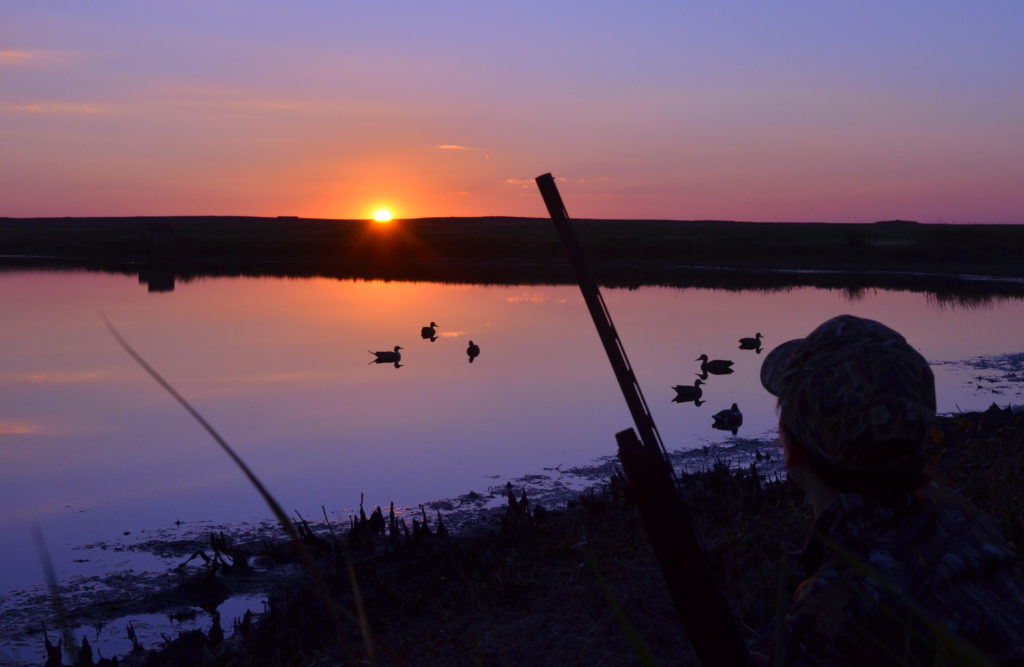
Your story about that first catch
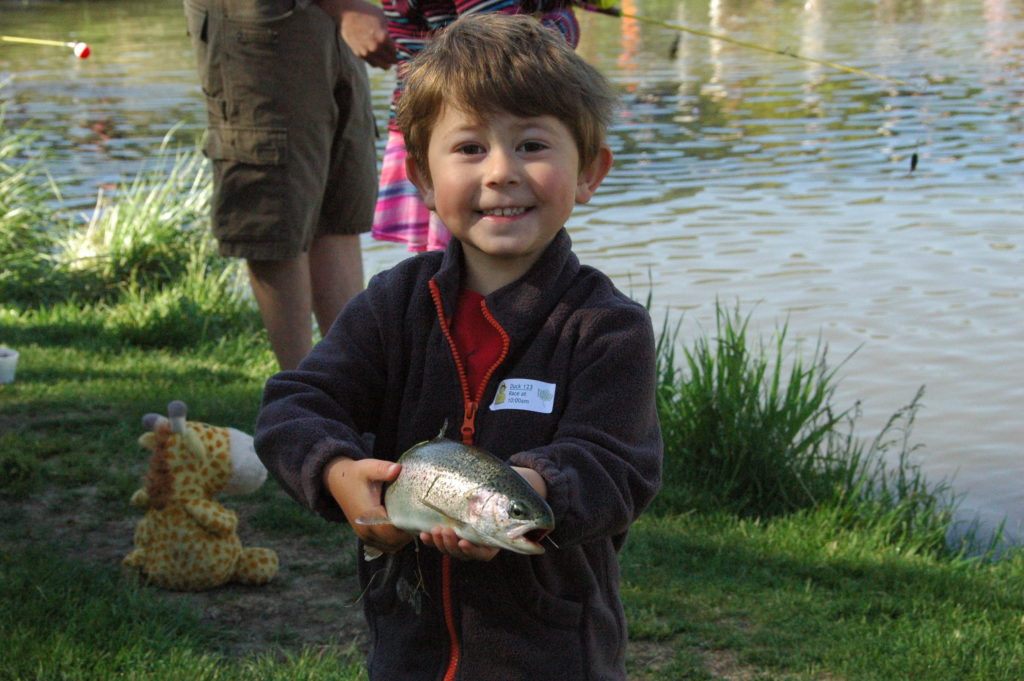
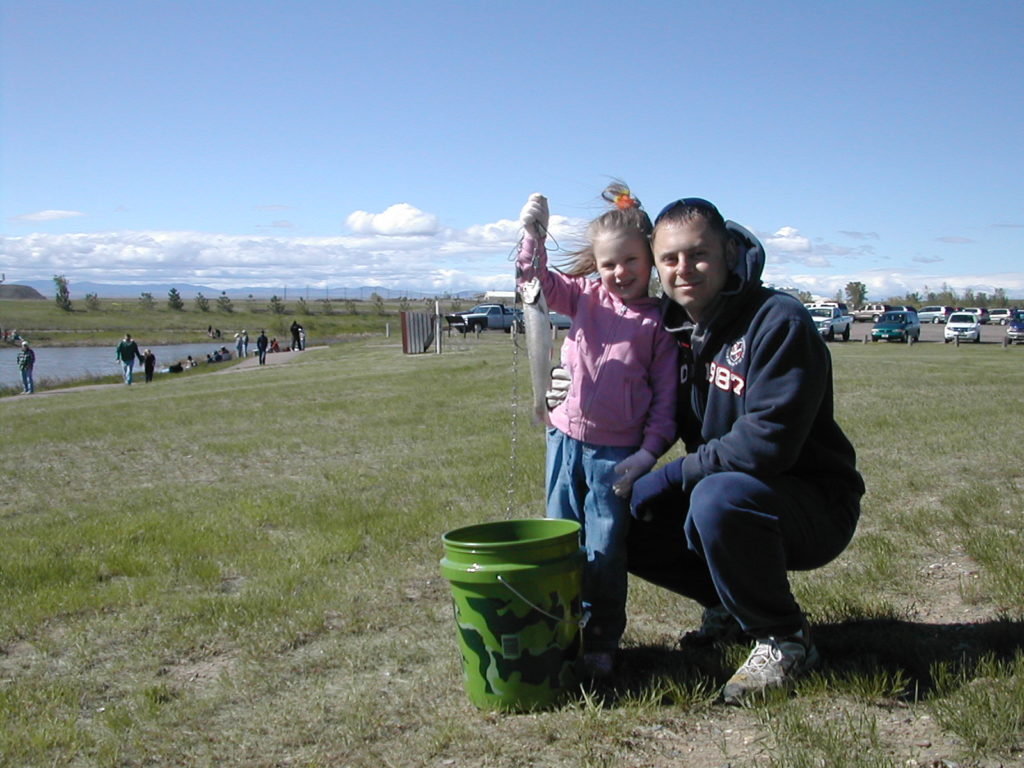
A good reason to buy just a few more decoys because you’ll definitely use them this season
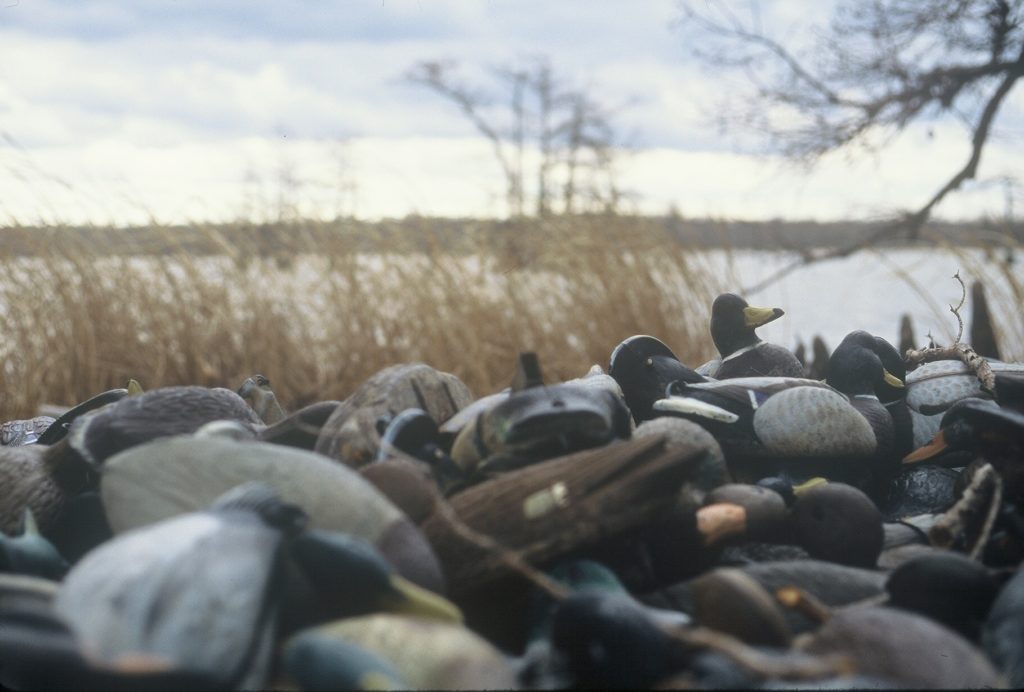
That Day Away from the Office
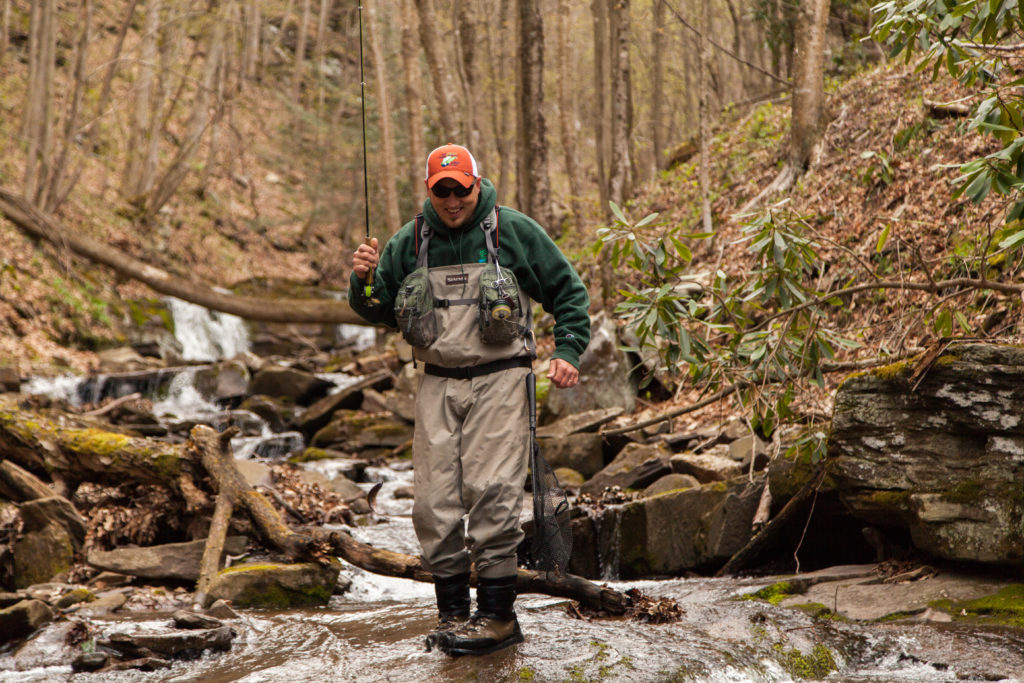
Puddles
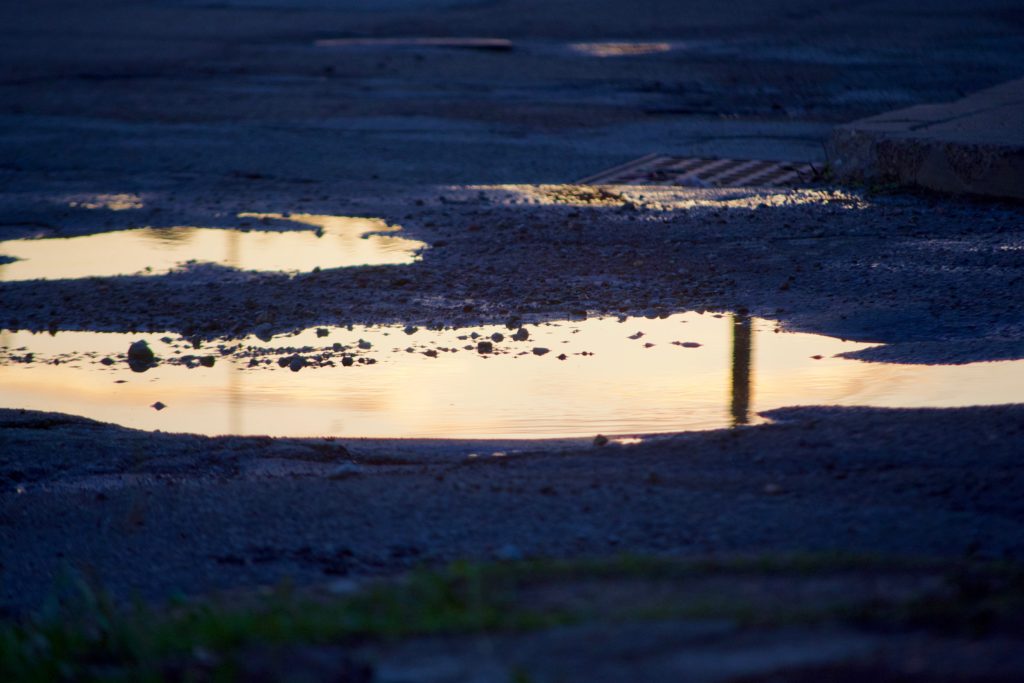
Regular farming practices
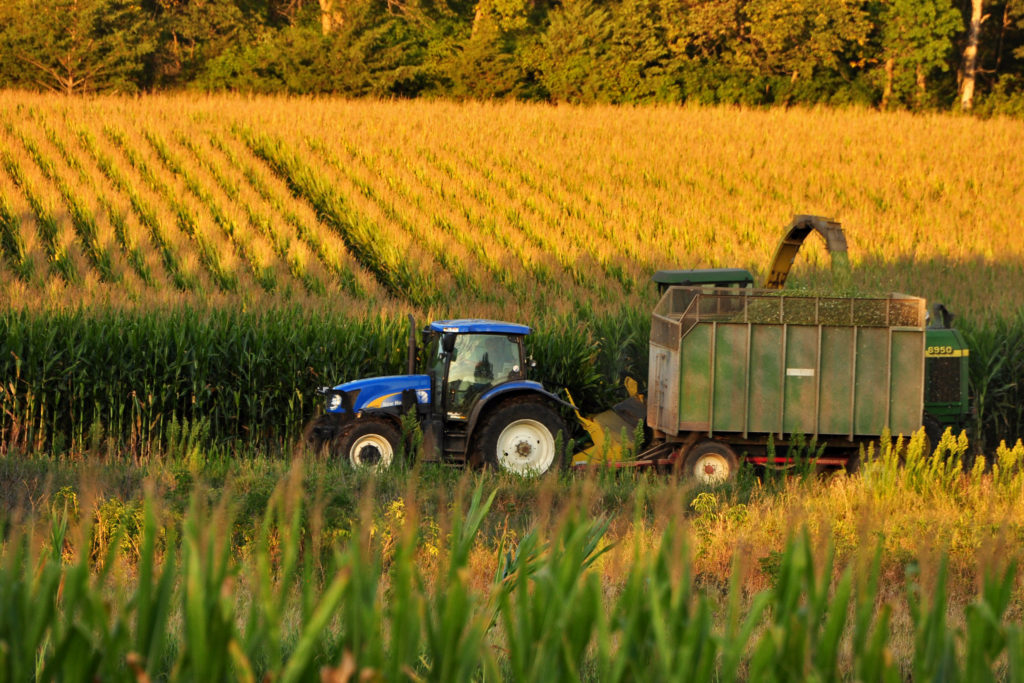
Without the Clean Water Rule, we risk seeing streams polluted and wetlands destroyed because of confusion as to which waters are protected under the Clean Water Act. This ambiguity started with two Supreme Court decisions, which chipped away protections for headwater streams and wetlands that had been protected until that point. After the 2006 Rapanos v. United States case, Chief Justice Roberts urged the agencies to write a rule that would clarify which waters were covered. This kicked off a transparent public process that eventually led to the final Clean Water Rule, which was celebrated by sportsmen in 2015.
Rather than operating with clarity and consistency, federal and state water quality personnel will need to determine which waters qualify for protection on a case-by-case basis—throwing tremendous uncertainty back into the decision-making process and burdening water quality managers.
This ambiguity also hurts sportsmen and our efforts to restore clean water resources.
The bottom line is that without Clean Water Act protections, wetlands that serve as key habitat for waterfowl can be drained and smaller headwater streams that are crucial spawning areas for trout and other fish can be polluted. Pollution doesn’t simply stay put in headwaters; it flows into larger water bodies downstream, damaging more fish and wildlife habitat along the way.
Any time the federal government creates or repeals a rule that government agencies and American citizens have to follow, they’re required to have a public comment period. When the Clean Water Rule was created in 2015, sportsmen and women had more than 200 days to comment on the proposed rule. This time around there are only 30 days to make our voices heard.
This rule could impact our access and traditions for the foreseeable future, but we’ve been given very little time to speak up about it.
Don’t let the opportunity slip by. Click HERE to tell the EPA and the Army Corps of Engineers that headwater streams and wetlands matter to sportsmen and women. And share your stories to make it personal—because it is. If we want to preserve our way of life and ensure that the next generation has quality opportunities to hunt and fish, we need to watch out for all of our streams and wetlands.
From signs of decline decades ago to a definitive moment for sagebrush country—catch up and learn what’s at stake for sage grouse and the sportsmen who depend on them.
I had hiked for what seemed like hours and endless miles through the central Wyoming sagebrush, working my dogs in every place I’d ever found sage grouse in years past. I was a bit dumbfounded as these areas usually produced birds in fairly short order, but it seemed that all those honey holes were dry this year. I wondered what happened, as I kneeled down and poured some water into a bowl for the dogs and then took a sip myself.
All of a sudden, my chocolate lab, Deke, perked up his ears, began wagging his tail, and briskly walked toward a line of sage that we had yet to push through about 20 yards away. Apparently, the wind had shifted into our faces, and he was finally on some birds. No sooner had I grabbed my 20-gauge when a half-dozen sage grouse erupted from the brush. I dropped one, fired again and missed, and then hit a second bird with my last round. Just like that, we were done for the day—and the season, as it turned out. There were no birds the next day, no matter how far we wandered.
That hunt took place in 2012, just as I had started working in the complex world of policy and management of the greater sage grouse with the TRCP. It was also during a crippling drought, the likes of which the West hadn’t experienced for several years.
I wasn’t the only hunter to get skunked, either. The second-lowest number of male sage grouse since 1965 were counted on their breeding grounds that year, following decades of sagebrush being degraded or lost to urbanization, crop conversion, energy development, fire, and invasive weeds. In total, the West had lost nearly 50 percent of its sagebrush country by the new millennium, and grouse numbers followed suit, declining about one percent each year on average since the mid-1960s.
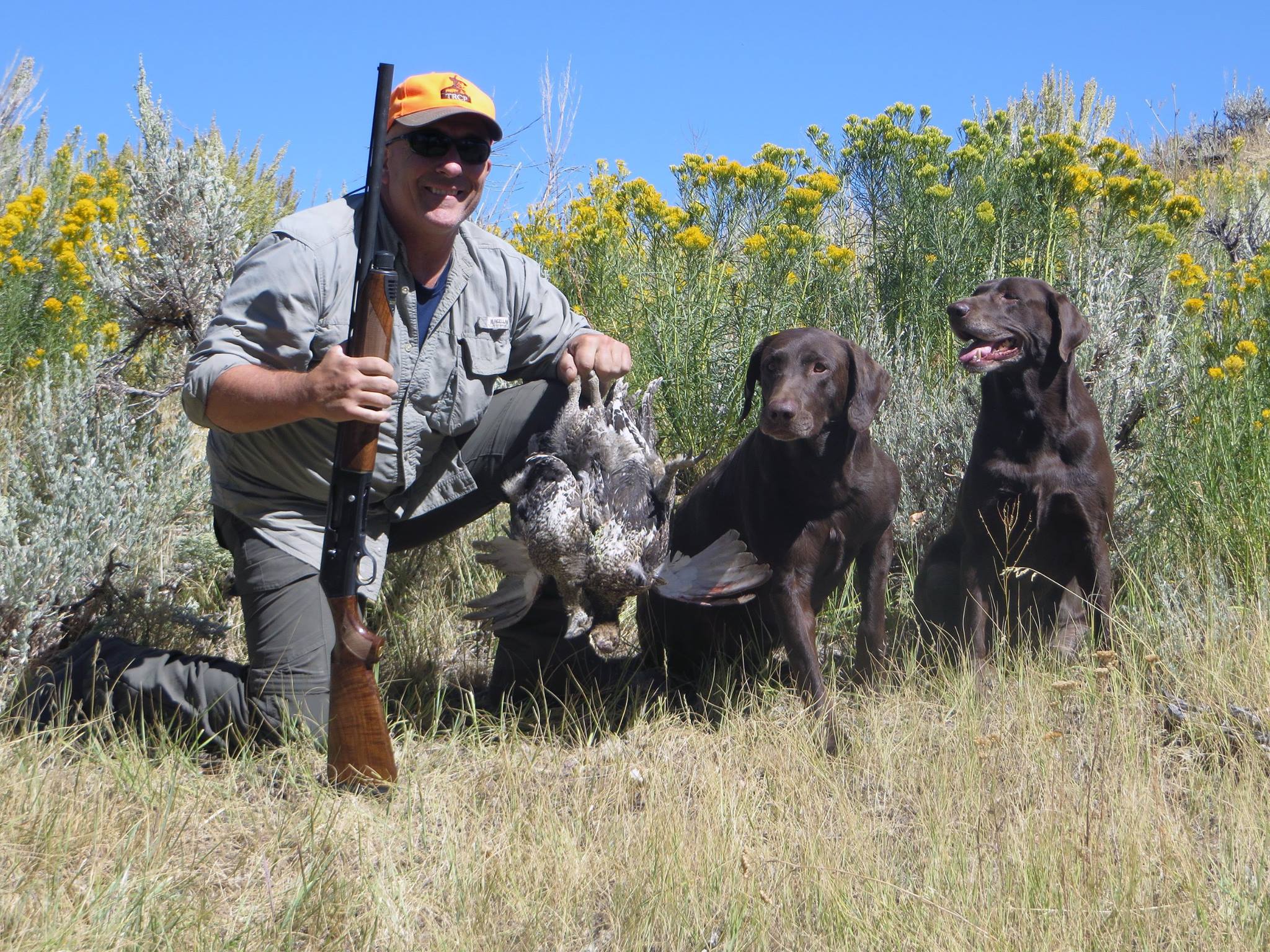
A lot has happened since then. Though state agency biologists put forth a range-wide conservation strategy in 2006, it took a petition to list the species—and ultimately a court order mandating that the U.S. Fish and Wildlife Service determine whether the species warranted protections under the Endangered Species Act by September 2015—to send most states and federal agencies into action.
Wyoming led the way in this effort, bringing multiple interest groups together to craft a balanced approach to conservation and knowing full well that a listing would cripple the state and much of the West. As the September 2015 deadline approached, 11 Western states had all developed some sort of conservation plan for greater sage grouse, and the Bureau of Land Management and U.S. Forest Service finalized their own plans for conservation on public lands just before the USFWS’s final decision was announced.
Private landowners jumped in, too. The Natural Resource Conservation Service, under the U.S. Department of Agriculture, created the Sage Grouse Initiative to help landowners get technical advice on tailoring their operations to help grouse and their rangeland and poured hundreds of millions of dollars into habitat improvements, like removing invasive trees to improve grass and forb (sage grouse food) production. It was mutually beneficial for ranchers and the iconic dancing birds—as one rancher from Oregon has famously said, “What’s good for the bird is good for the herd.”
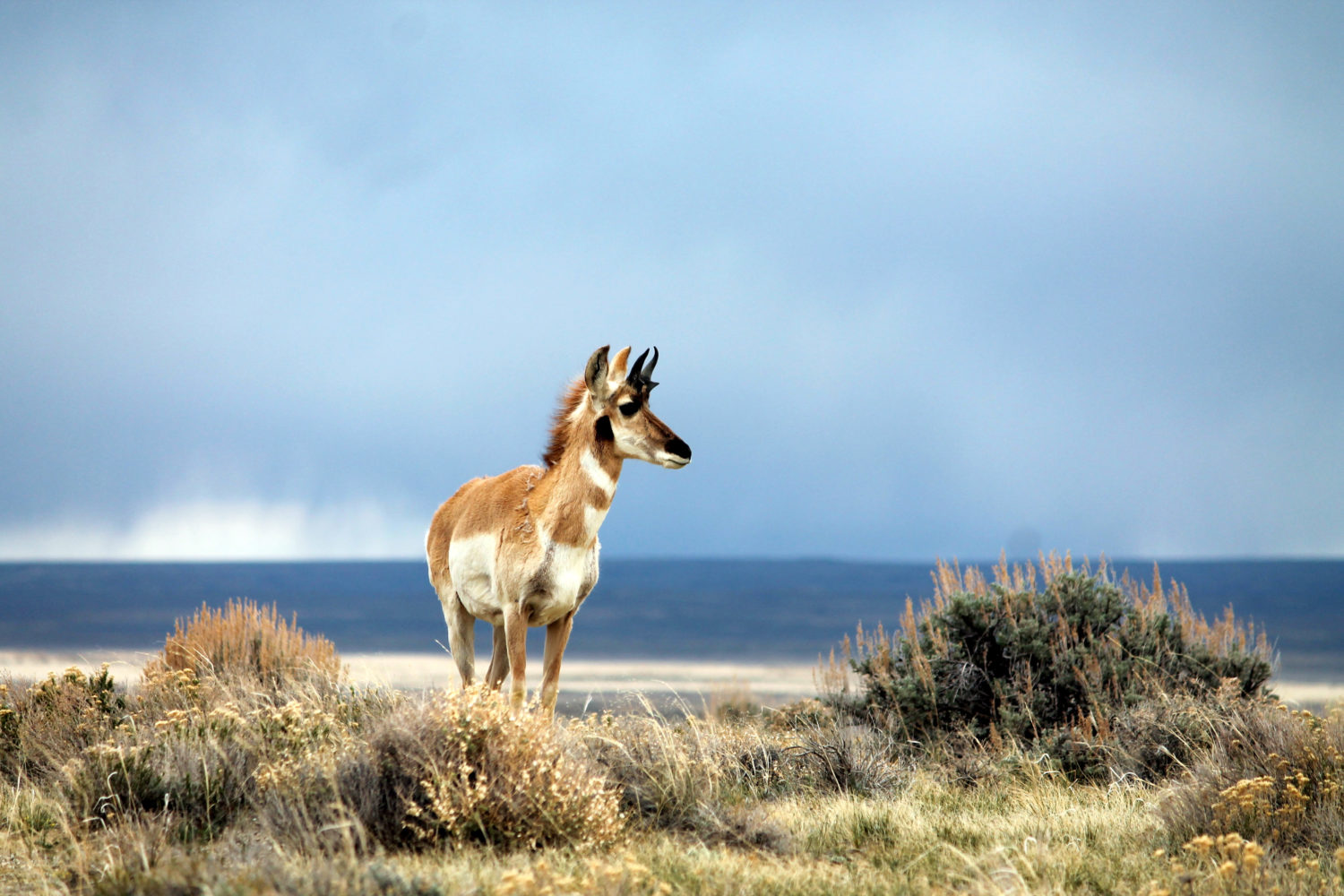
When this historic collaborative work paid off, and the Department of Interior and Fish and Wildlife Service announced that the range-wide population of greater sage grouse did not warrant protections under the Endangered Species Act, a collective sigh of relief could be felt across the West.
I’ve been a professional wildlife biologist for almost 30 years, and for me and most of my colleagues it is clear that the work to benefit sage grouse over the last several years has been the greatest landscape-scale conservation effort undertaken in modern times. Steve Williams, president of the Wildlife Management Institute and a former U.S. Fish and Wildlife Service director, has stated that the unprecedented and extraordinary collaboration we’ve seen sets forth a model for the future of conservation in America.
But the work has only just begun. One thing we all need to keep in mind is that the decision to keep sage grouse off a threatened or endangered species list was predicated on the promise of implementing both federal and state conservation plans simultaneously and without interruption, all while conservation efforts on private lands continue. No single effort can stand alone to deliver the necessary conservation benefits or regulatory certainty to avoid a future listing.
But major amendments and lengthy disruptions could drastically alter the course for habitat conservation and undo years of hard work—years that sage grouse don’t have to waste.
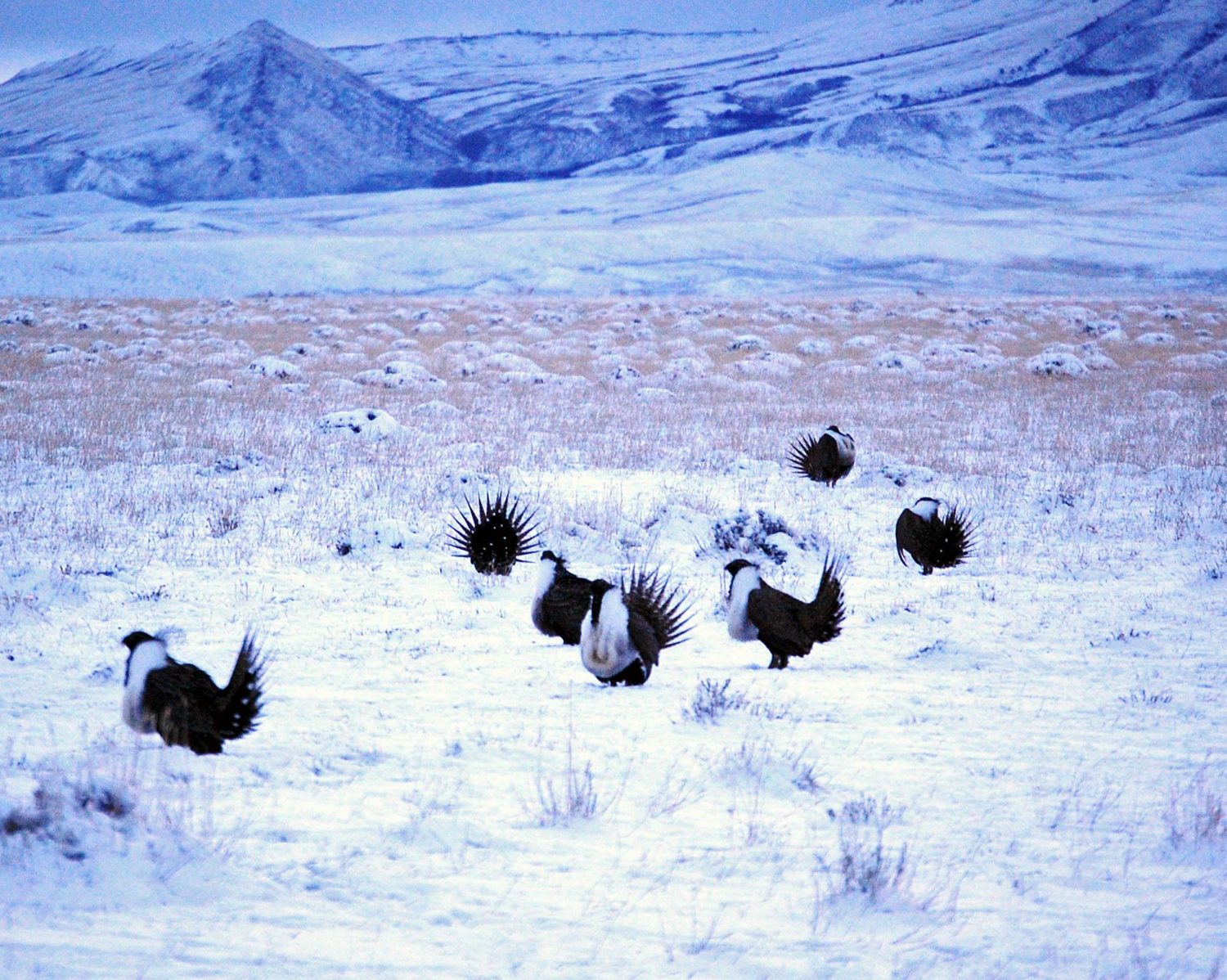
There’s simply no denying that long-term conservation measures will benefit everyone in the end.
So why do we think it’s so important for sportsmen and women to understand all of this, even after the not warranted decision for sage grouse was issued? We depend on public lands for quality habitat that allows fish and wildlife populations to thrive. And we know that sagebrush provides habitat for more than 350 species of plants and wildlife, including many beyond sage grouse, like pronghorns, wild trout, mule deer, and elk.
Major disruptions in #sagegrouse plans could drastically alter the course for habitat #conservation. Share on XThese iconic species define the Western landscape and our days afield. Meanwhile, the extraordinary outdoor recreation opportunities in sagebrush country help drive spending in our local communities, supporting the $887-billion outdoor recreation economy and more than 7.5 million jobs. These pursuits mean big business, and the places where we are free to hunt and fish define us as Americans.
This is why we need to keep this historic collaborative conservation effort moving forward, while continuing to work with the states and all stakeholders on thoughtful improvements. It is critical to our outdoor heritage, economy, and Western way of life.
Let’s not allow the strongest legislative package of conservation priorities in years to be overshadowed by controversy
Yesterday, for the second time in as many years, the Senate Environment and Public Works Committee voted to advance a package of conservation provisions that have long been a priority for the sportsmen’s community. The legislation would reauthorize programs to benefit fish, waterfowl, wetlands, big game habitat, and sportsmen’s access across the country.
Since 2012, sportsmen have been trying to get these provisions across the legislative finish line, and each time, we’ve failed. Good legislation has been mired in generally unrelated partisanship and political games, with good ideas held hostage by process and bickering.
Where a few years ago sportsmen-advocates in Washington looked to our Sportsmen’s Act lobbying with fairly enthusiastic promise, I will admit that it has been hard to get excited about yet another run in the 115th Congress, especially as the window of opportunity has seemed even narrower than usual. But Environment and Public Works Committee Chairman John Barrasso (R-Wyo.) and Senator Ben Cardin (D-Md.) have assembled the “HELP for Wildlife Act” (S.1514), which has breathed new life into this effort.
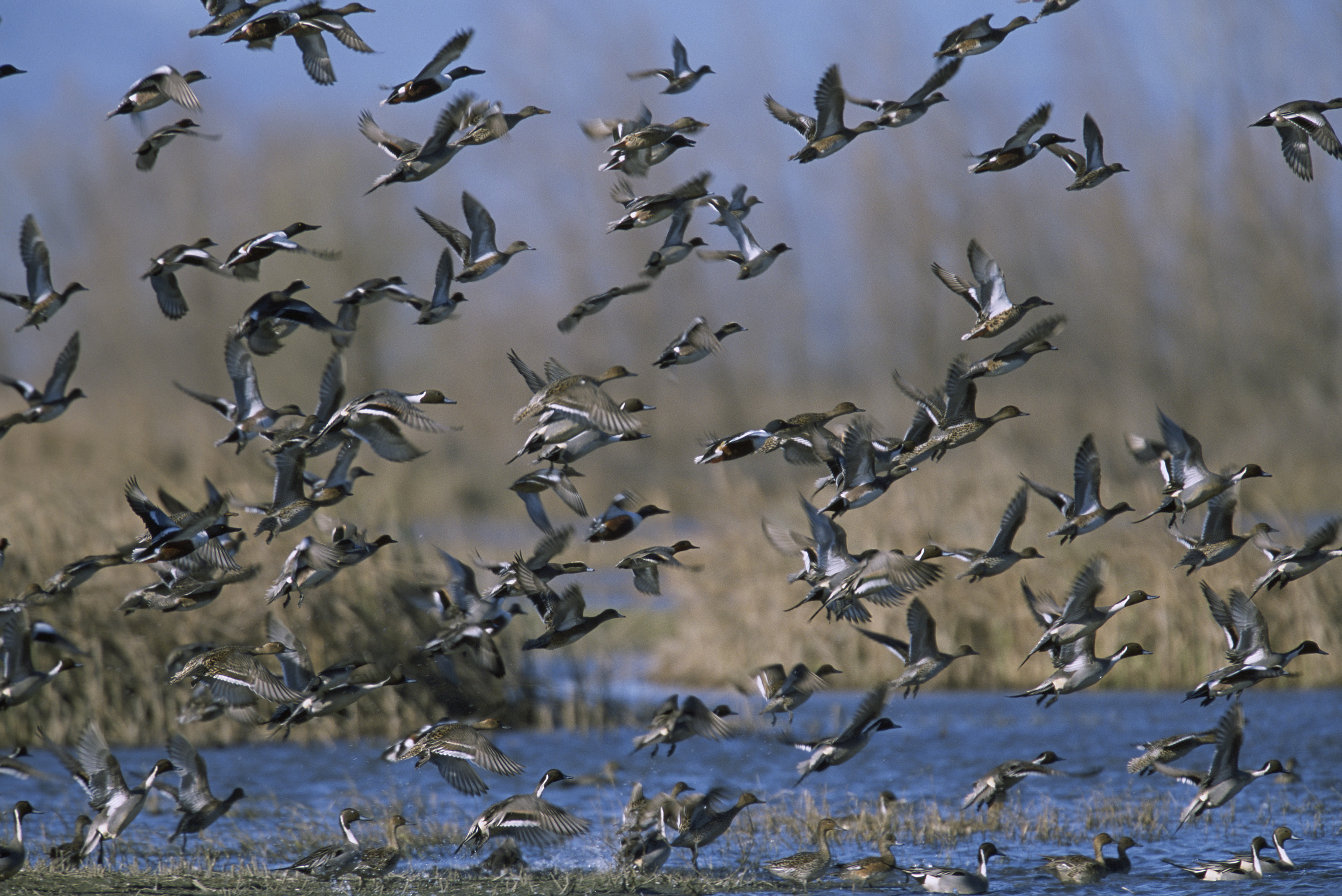
We called it the strongest package of sportsmen’s priorities in years, because right from the outset, it deals with meaningful conservation measures for fish and wildlife populations, habitat, and access. The bill would reauthorize the North American Wetlands Conservation Act, the Neotropical Migratory Bird Conservation Act, and the National Fish and Wildlife Foundation, to enable strong partnerships and funding for conservation. The bill also includes what would be the first ever statutory authorization for the National Fish Habitat Conservation Act, a program that funds on-the-ground fish habitat restoration projects across the country.
It also addresses the needs of the Chesapeake Bay Program, which provides grants to the six states in the bay watershed, not only improving water quality on the main-stem Chesapeake (and my own home waters) but also the health of small streams and rivers throughout the watershed.
Free from the controversial and distracting provisions of past iterations, this is a legislative package unfettered by poison pills, and sportsmen should be eager to see it move to the Senate floor. But, in these days of often blistering partisan warfare, it seems nothing is completely free of controversy. In the case of HELP, provisions meant to delist the gray wolf in Wyoming and the Great Lakes from Endangered Species Act protection seems to be overshadowing the very real conservation benefits of the bill.
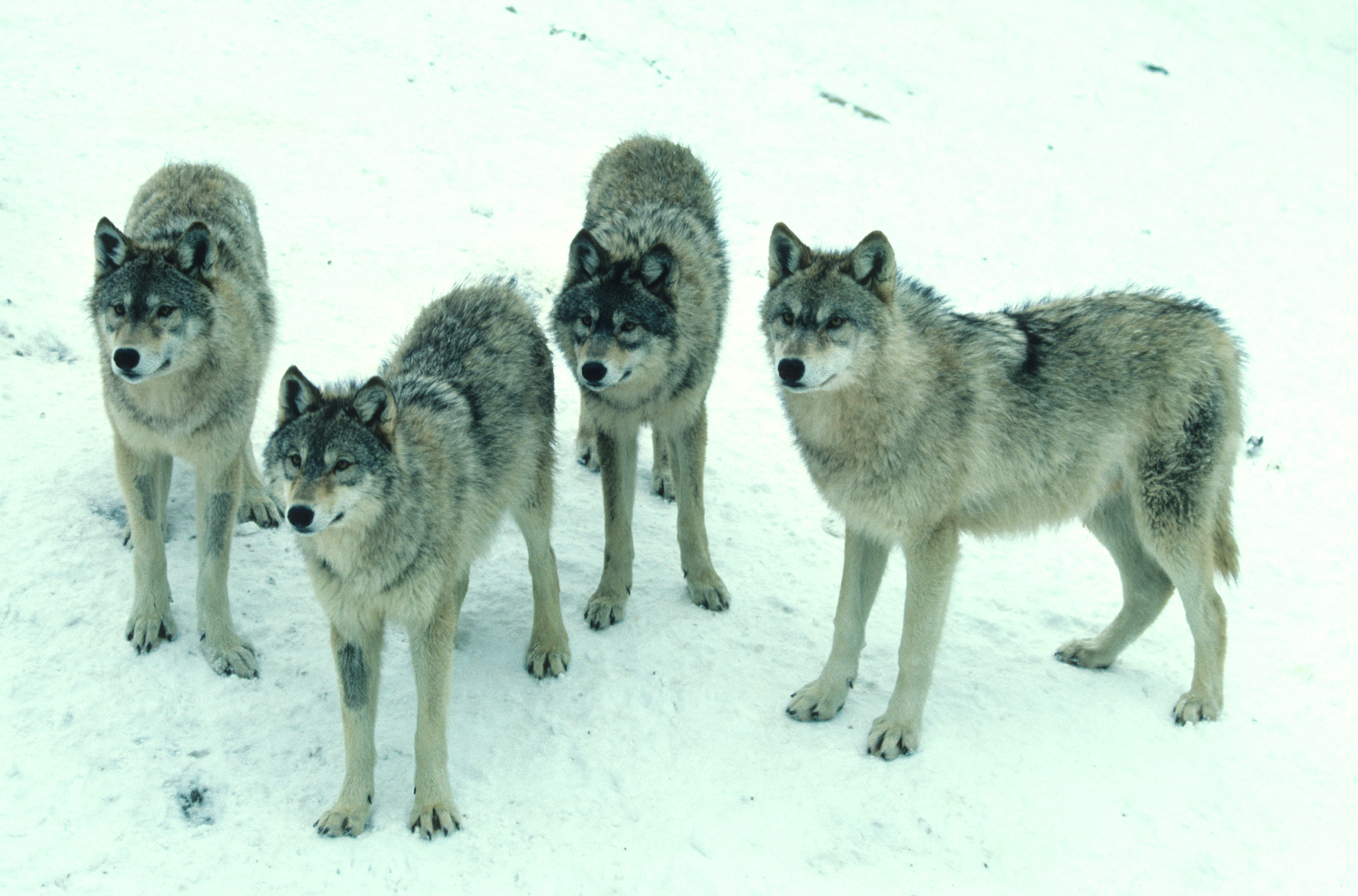
Just the mention of endangered species usually sends folks running for cover, but in this case, the TRCP supports the gray wolf provision as grounded in sound science. This is an idea whose time has come. Generally we don’t support legislative meddling in species-level management, but the U.S. Fish and Wildlife Service indicates that it is time for wolf management to be returned to the state fish and wildlife agencies, and we have full confidence in USFWS science and the state agencies’ ability to manage the wolf population.
This package is about way more than wolves. Unfortunately, the bipartisan passage of this bill out of the EPW Committee this week—which should be celebrated—is just the start of a long process before the package can be presented to President Trump for his signature. There is currently no companion version of this legislation in the House of Representatives and no clear path for consideration by the full Senate.
So sportsmen simply must engage; hunters and anglers must make their voices heard now. In the absence of that outreach, sportsmen, and our legislative priorities, might once again wind up on the cutting room floor at the end of the 115th Congress next December.
It has happened before, and it can happen again.
Here’s what we can learn from the four-year battle for these public lands and our outdoor recreation access
Earlier this month, Oregon legislators passed measures that will finally keep the Elliott State Forest in public hands and off the auction block. This ends a long drawn-out battle that highlights the major differences between America’s public lands and state-managed lands in the West.
Though we applaud the final outcome—achieved with the vocal support of Oregon sportsmen and women—it’s important that we look back on this saga to learn what went wrong and how we might be able to avoid this sort of costly risk to our public lands in the future.
Established in 1930, Oregon’s Elliott State Forest is considered one of the best recreation areas on the Oregon coast. Consisting of 82,500 acres of state land that provides unmatched experiences for local hunters, anglers, and wildlife enthusiasts, the Elliott is made up primarily of lands belonging to the state’s Common School Fund, which was created in 1859—the same year Oregon officially became a state.
Common School Fund lands are used to generate revenue to benefit Oregon’s public education system, mostly through sustainable timber harvest. So when a place like the Elliott isn’t generating a profit, selling the land outright is one way to salvage the value that remains. Just a few individuals can make this decision for state-held lands, versus federal lands that can only be sold by an act of Congress. This is a very important distinction between state-owned lands and national public lands.
And this is exactly what we saw happening with the Elliott beginning in 2013. As logging restrictions and environmental lawsuits strictly limited timber operations, ownership of the forest became a financial drain—rather than a source of income—for the state. Oregon was forced to consider selling the lands to relieve this burden.
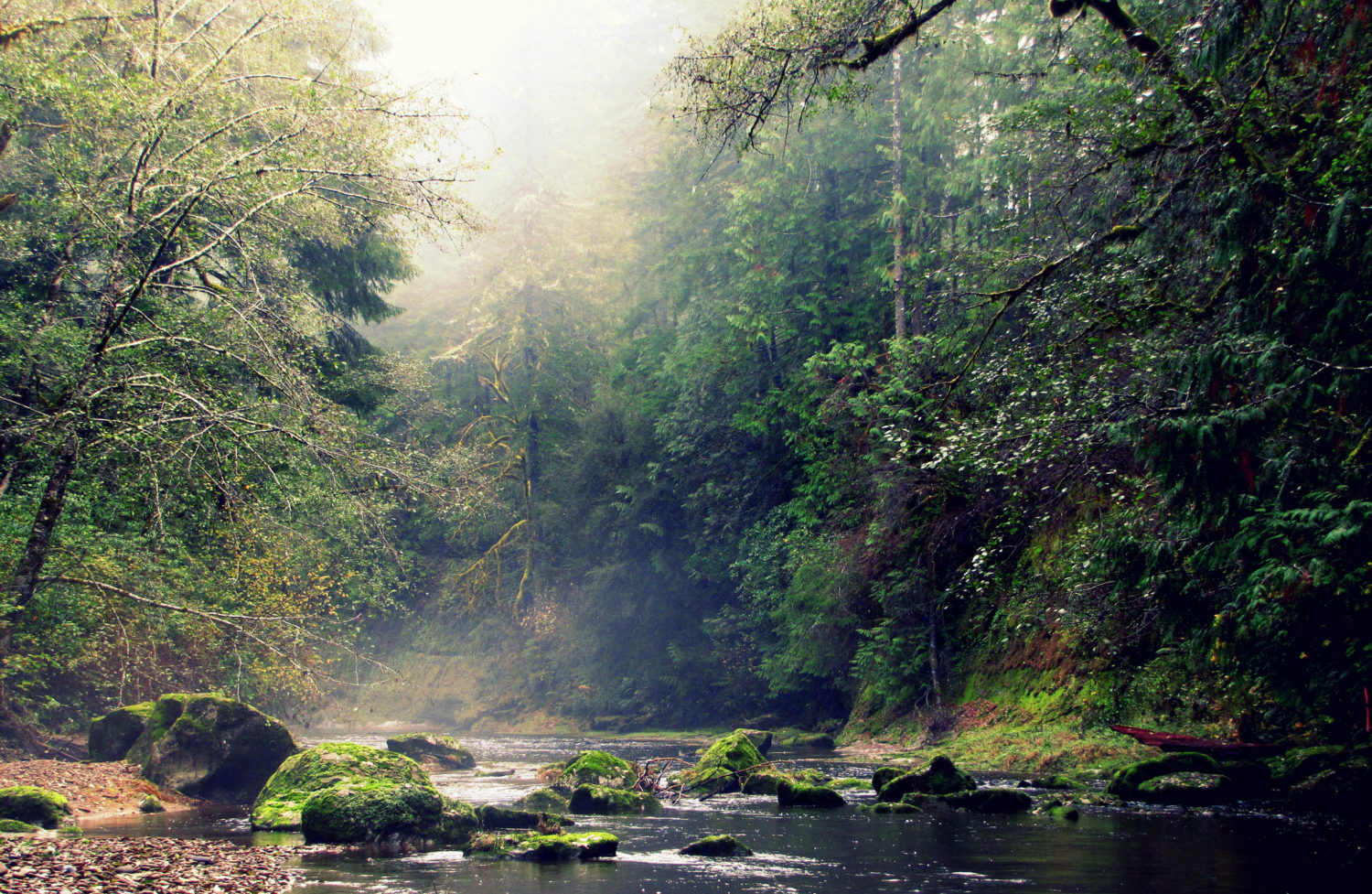
In 2014, the state sold three parcels totaling 1,453 acres and signaled its intent to sell the forest outright two years later. Fair market value was estimated at just $220.8 million, sparking interest from buyers, and earlier this year the state land board approved a potential sale.
Immediately, sportsmen’s groups combined forces and began working to keep the Elliott State Forest public. The pressure from hunters, anglers, hikers, and American families was effective: The state land board voted in May to pursue a plan to retain public ownership of the Elliott.
This month the Oregon Legislature reached a compromise and approved $100 million in state bonding to compensate the Common School Fund for the loss of revenue as a result of preserving conservation and public access to the Elliott. Simultaneously, the state Senate passed a bill to fund and coordinate the transfer of certain trust lands to be managed for the benefit of the Common School Fund.
Finally, an outcome that sportsmen and women can be proud of was reached: Public access and outdoor recreation will continue to thrive, while fiduciary obligations to the Common School Fund will be fulfilled.
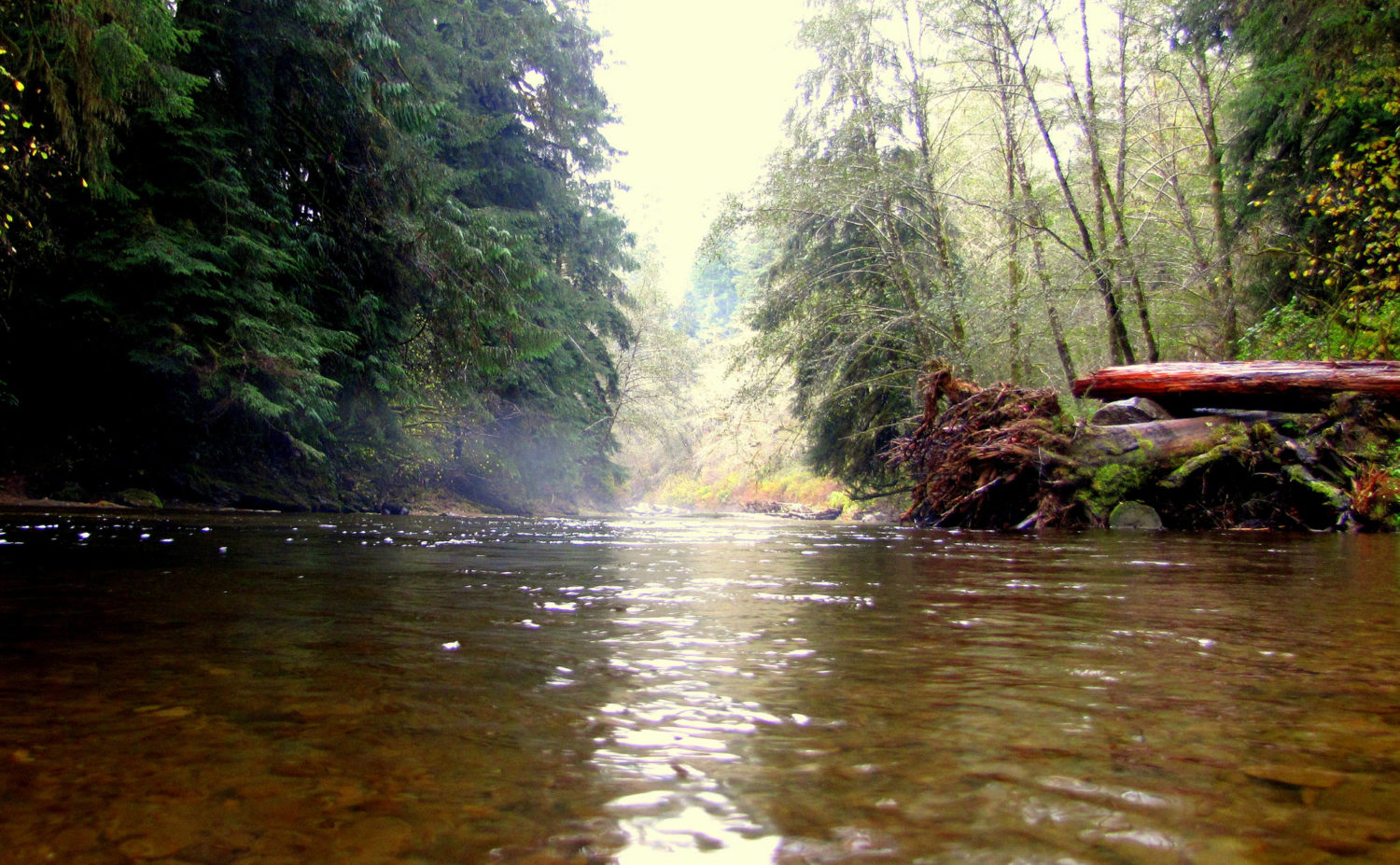
This success sets a clear and positive example: Public lands are important to all Oregonians, and when sportsmen and women unite, we win.
There are some final steps to ensure that the Elliott remains public. The acres that would be purchased to support the school fund need to be clarified and the conservation plans for important habitat need to be fully developed. But the future is much brighter for public lands and our sporting traditions here in Oregon.
Oregon's Elliott will remain public. Here’s what we can learn from the 4-year battle for #publiclands Share on XWhile it’s no longer the poster child for sale or disposal of public lands by a cash-strapped state, the Elliott saga is still a cautionary tale. America’s public lands are a critical part of our national identity and are managed under a multiple-use mandate to prioritize recreation, habitat, grazing, and development—a much different approach than management of state lands in the West.
Theodore Roosevelt’s experiences hunting and fishing certainly fueled his passion for conservation, but it seems that a passion for coffee may have powered his mornings. In fact, Roosevelt’s son once said that his father’s coffee cup was “more in the nature of a bathtub.” TRCP has partnered with Afuera Coffee Co. to bring together his two loves: a strong morning brew and a dedication to conservation. With your purchase, you’ll not only enjoy waking up to the rich aroma of this bolder roast—you’ll be supporting the important work of preserving hunting and fishing opportunities for all.
$4 from each bag is donated to the TRCP, to help continue their efforts of safeguarding critical habitats, productive hunting grounds, and favorite fishing holes for future generations.
Learn More
